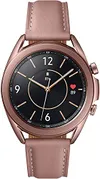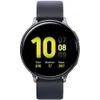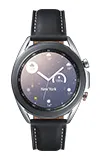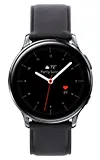Samsung Galaxy Watch 3 vs Samsung Galaxy Watch Active 2: two top choices
Two of Samsung's best smartwatches
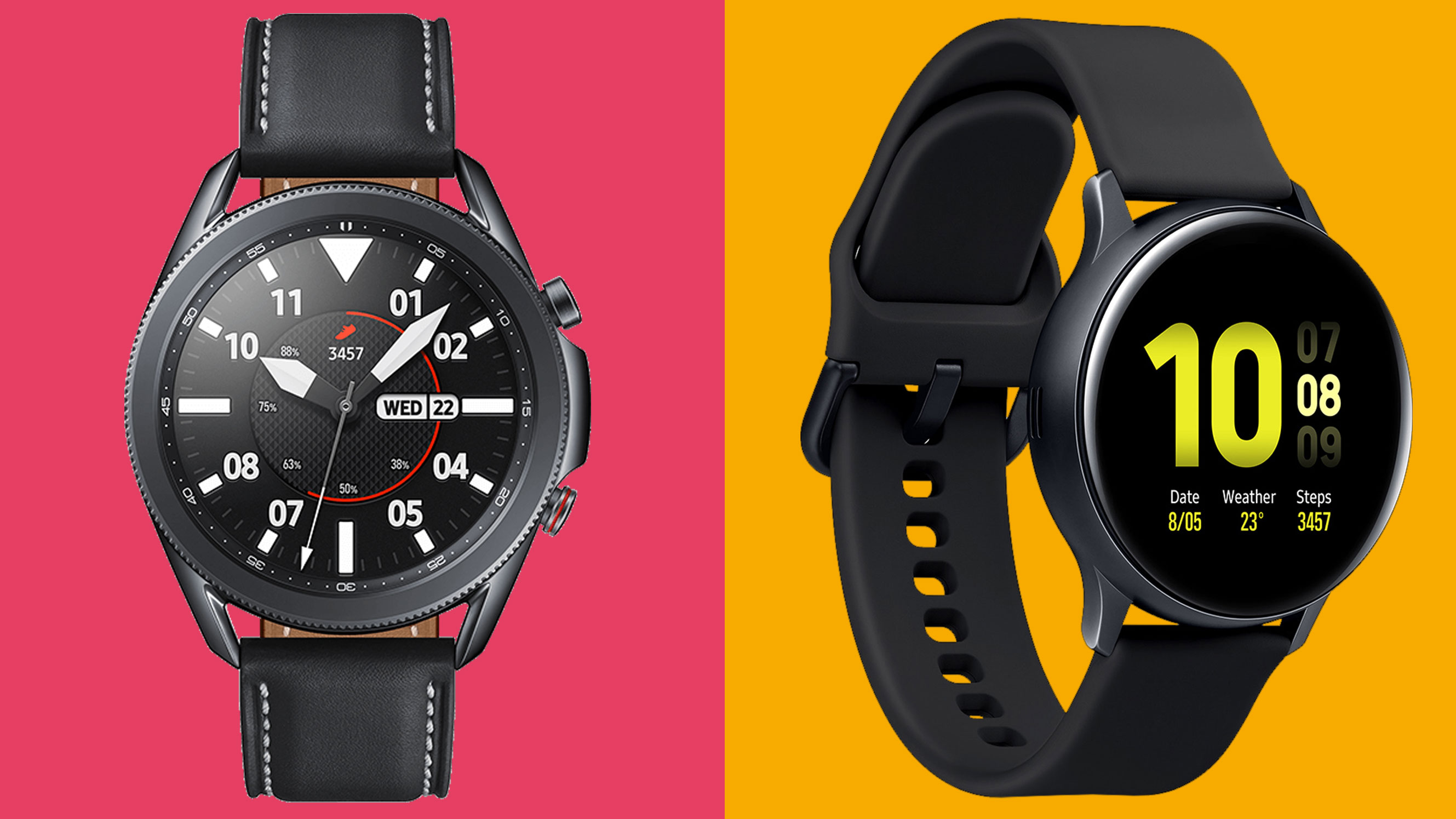
The Samsung Galaxy Watch 3 and Samsung Galaxy Watch Active 2 are very similar in some ways but are also aimed at very different markets with one being more of a general all-rounder akin to the Apple Watch SE or Apple Watch Series 6 while the latter is more about helping you track your workouts more efficiently.
They both look good and offer Samsung's Tizen OS which works better with an Android device but will still play well enough with an iPhone. They also both offer standard training features for active users along with heart rate monitoring and GPS tracking.
However, the Samsung Galaxy Watch 3 goes a step further with the likes of an ECG and blood oxygen monitoring too. As you'd expect given it's a tad pricier than the Samsung Galaxy Watch Active 2.
If you're keen to embrace a Samsung-flavored smartwatch, you'll want to know just why the Samsung Galaxy Watch 3 costs more and whether you're better saving your cash and plumping for the Samsung Galaxy Watch Active 2. Read on, and we'll lay out the arguments in both directions for you.
Samsung Galaxy Watch 3 vs Samsung Galaxy Watch Active 2 price and availability
The Samsung Galaxy Watch 3 is the pricier of the two watches. It's available for $250 / £299 / AU$649 for the 41mm version or $280 / £319 / AU$699 for the 45mm version, while the Samsung Galaxy Watch Active 2 is priced from $249/ £199 for the 40mm version or from $269/ £219 / AU$549 for the 44mm edition. Bear in mind that the 40mm model isn't available in Australia.
When it comes to cellular connectivity, expect to pay $300 / £339 / AU$799 for the 41mm size or $330 / £359 / AU$849 for the 45mm version of the Samsung Galaxy Watch 3. The Samsung Galaxy Watch Active 2 cellular version costs either from $279 / £349 / AU$749 or $300 / £369 / AU$799 depending on the watch size.
Both watches are widely available so you shouldn't have any issue finding them and they both feature quite prominently in sales roundups too.
Sign up for breaking news, reviews, opinion, top tech deals, and more.
Design and display
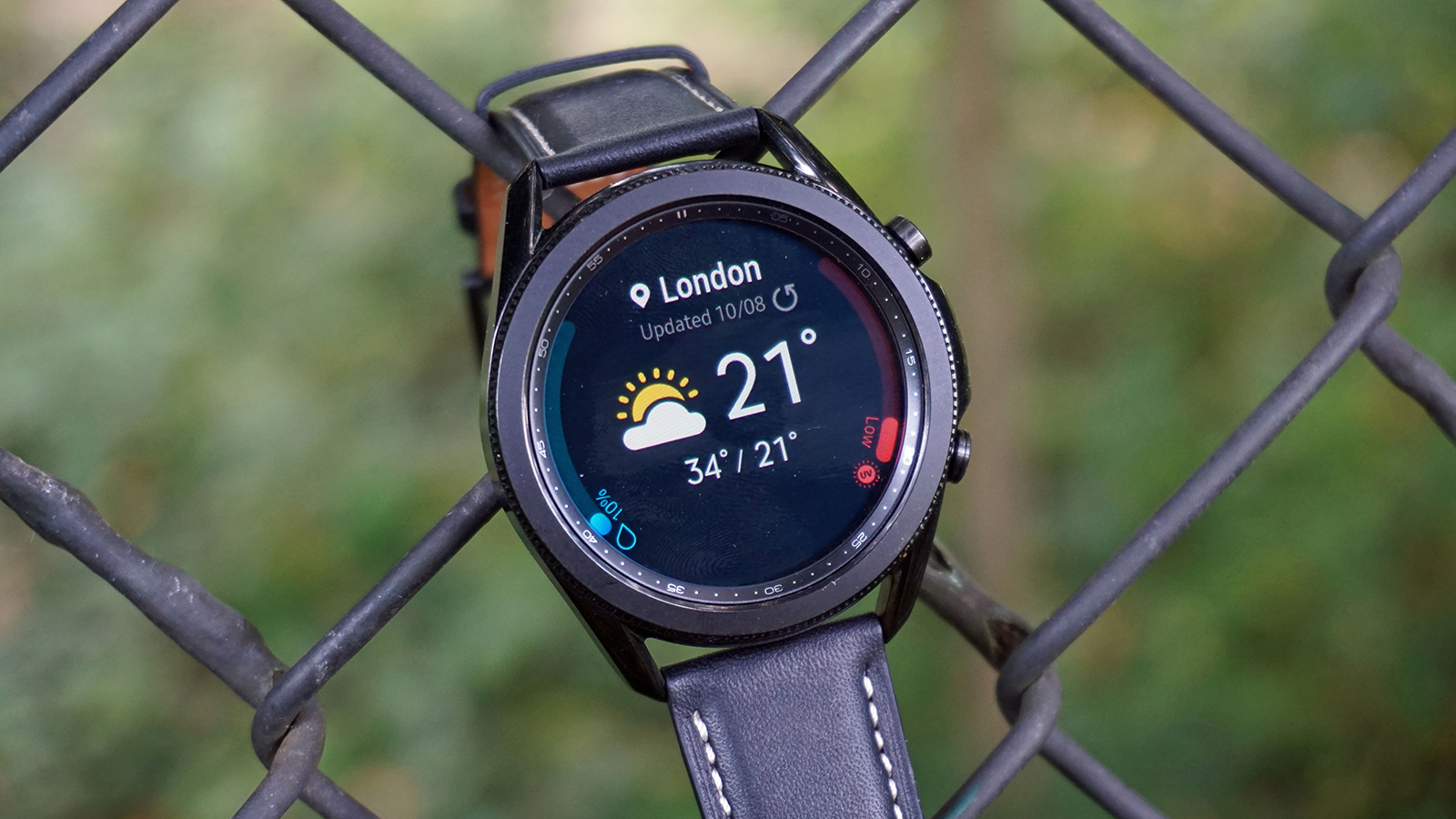
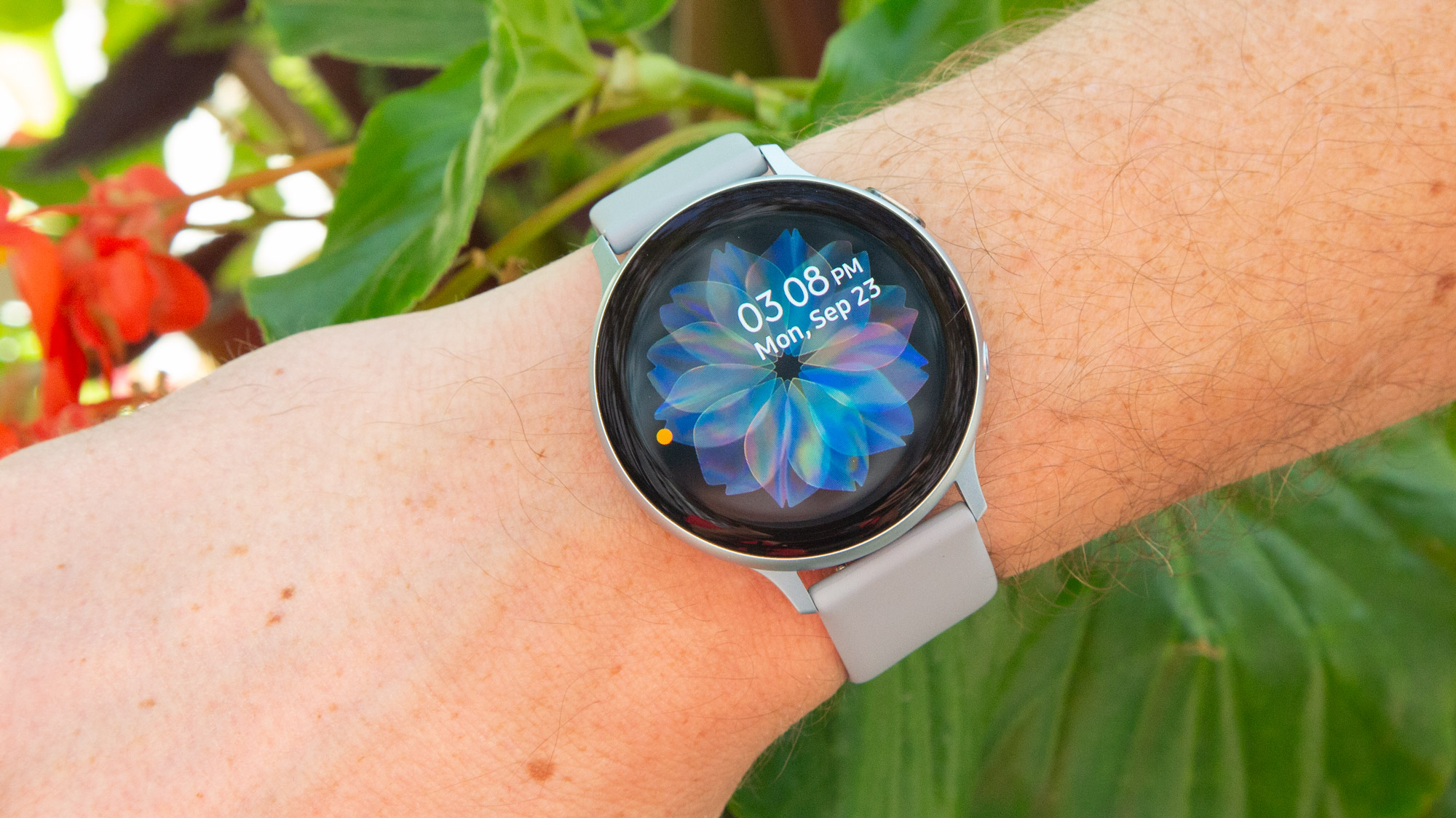
On the surface, the Samsung Galaxy Watch 3 and Samsung Galaxy Watch Active 2 look remarkably similar. They both utilize a style that looks more like a conventional watch, with the Samsung Galaxy Watch 3 offering an extra 1mm on its body. The watch has either a 1.2-inch or 1.3-inch Circular Super AMOLED panel with a full-color always-on display. It's a similar story for the Samsung Galaxy Watch Active 2 albeit with 1mm shaved off for good measure on either model.
That means resolutions are the same too at 360 x 360 with both displays looking reasonably sharp when checking out statistics or swiping through the menus. In either case, you'll have no trouble seeing what's going on in all types of light and that includes bright sunshine.
The Samsung Galaxy Watch 3 weighs between 48.2g and 53.8g depending on which size you choose, while the Samsung Galaxy Watch Active 2 starts at just 26g which is ideal for more active use when you don't want to feel in the slightest encumbered.
As you'd expect, there are plenty of different strap options too with a selection of first and third-party alternatives as well as some varied choices at time of purchase. Bear in mind that most Samsung Galaxy Watch 3s come with a leather strap, again demonstrating how this is more of a fashion piece than the cheaper Samsung Galaxy Watch Active 2.
Both watches are also safe to be submerged in up to 5 meters in liquid and can resist dust fairly well too thanks to their IP68 rating.
Perhaps the stand out feature for the Samsung Galaxy Watch 3 is its rotating bezel control. It has a physically rotating dial that makes it easy for you to physically click through on-screen menus and it's far more satisfying than tapping a screen. The Samsung Galaxy Watch Active 2 has a bezel control too but it's a digital bezel with the outside of the display providing a touch sensitive strip.
It might work well but it's far from as pleasant to use as its pricier relative. That's the main thing that distinguishes the two watches when it comes to their design and if you're already used to a rotating bezel, you probably won't want to go back to anything less.
Fitness and features
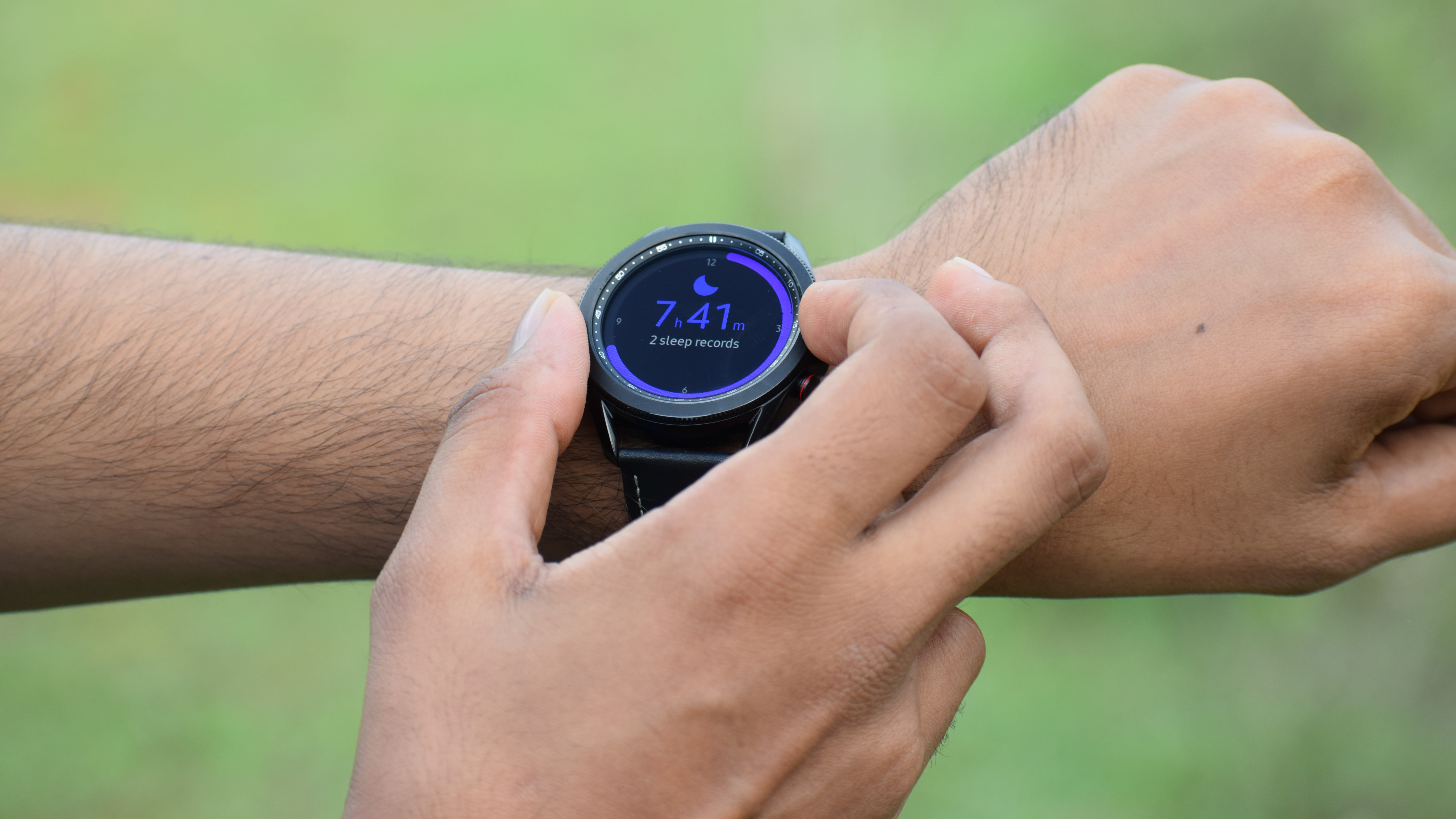
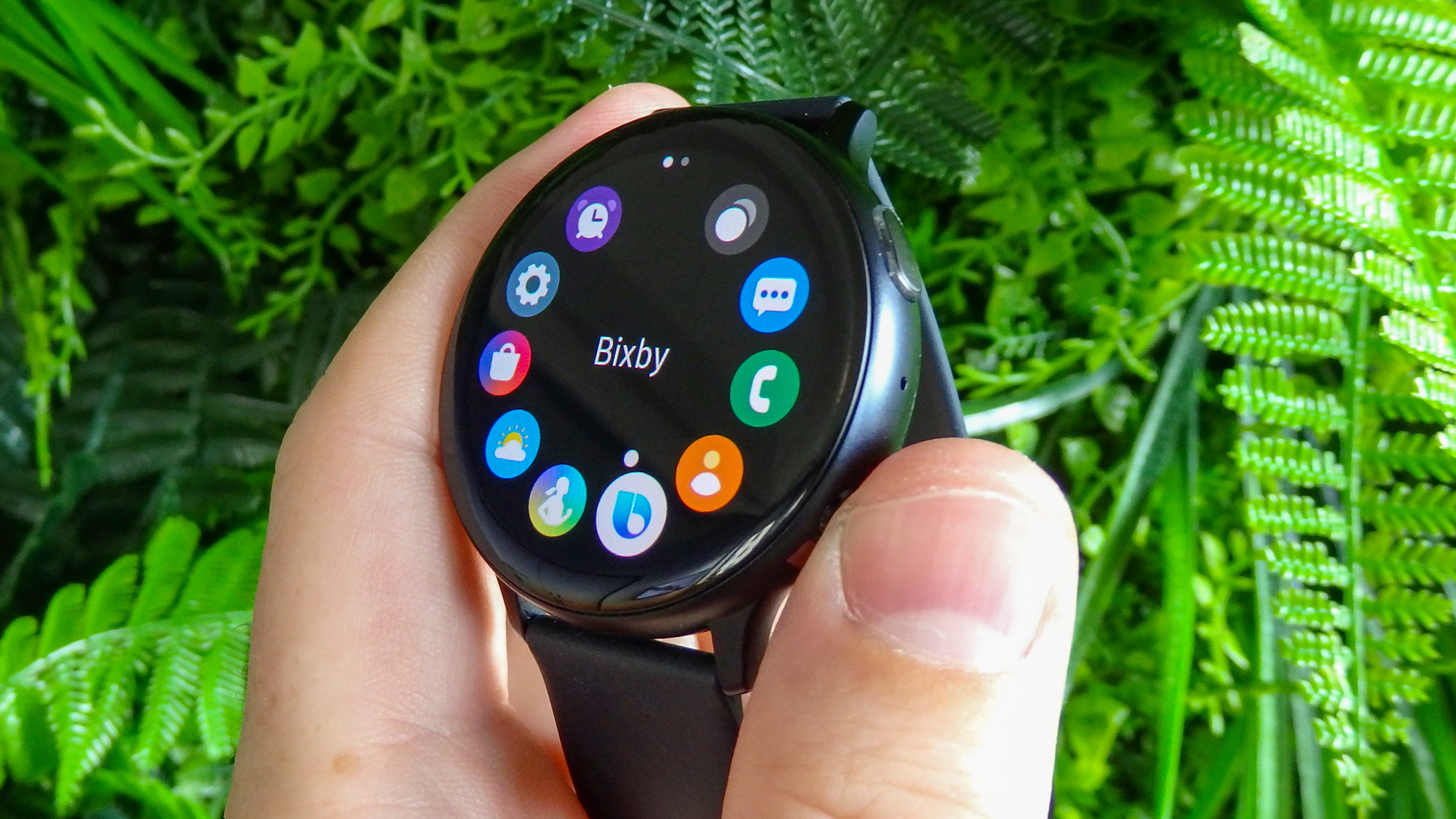
Both the Samsung Galaxy Watch 3 and Samsung Galaxy Watch Active 2 will automatically track your workouts as well as allow you to manually set things up. You can automatically track runs, walks, swims, cycles, rowing, or an elliptical or dynamic workout. Both devices also offer GPS tracking, heart rate monitoring and sleep tracking too.
The Samsung Galaxy Watch 3 also offers fall detection along with on-demand VO2 Max readings. It also has an ECG and SpO2 tracking along with stress tracking so you'll know when you're a bit on edge. When that time comes, it'll even suggest breathing exercises as and when it feels you need them.
The Samsung Galaxy Watch Active 2 will track all your workouts happily, and also has fall detection and ECG plus stress tracking, but there's no SpO2 tracking. That's unlikely to be a huge issue for everyone but it's something to bear in mind if you want to know you've got every feature possible at your disposal.
OS, power and battery life
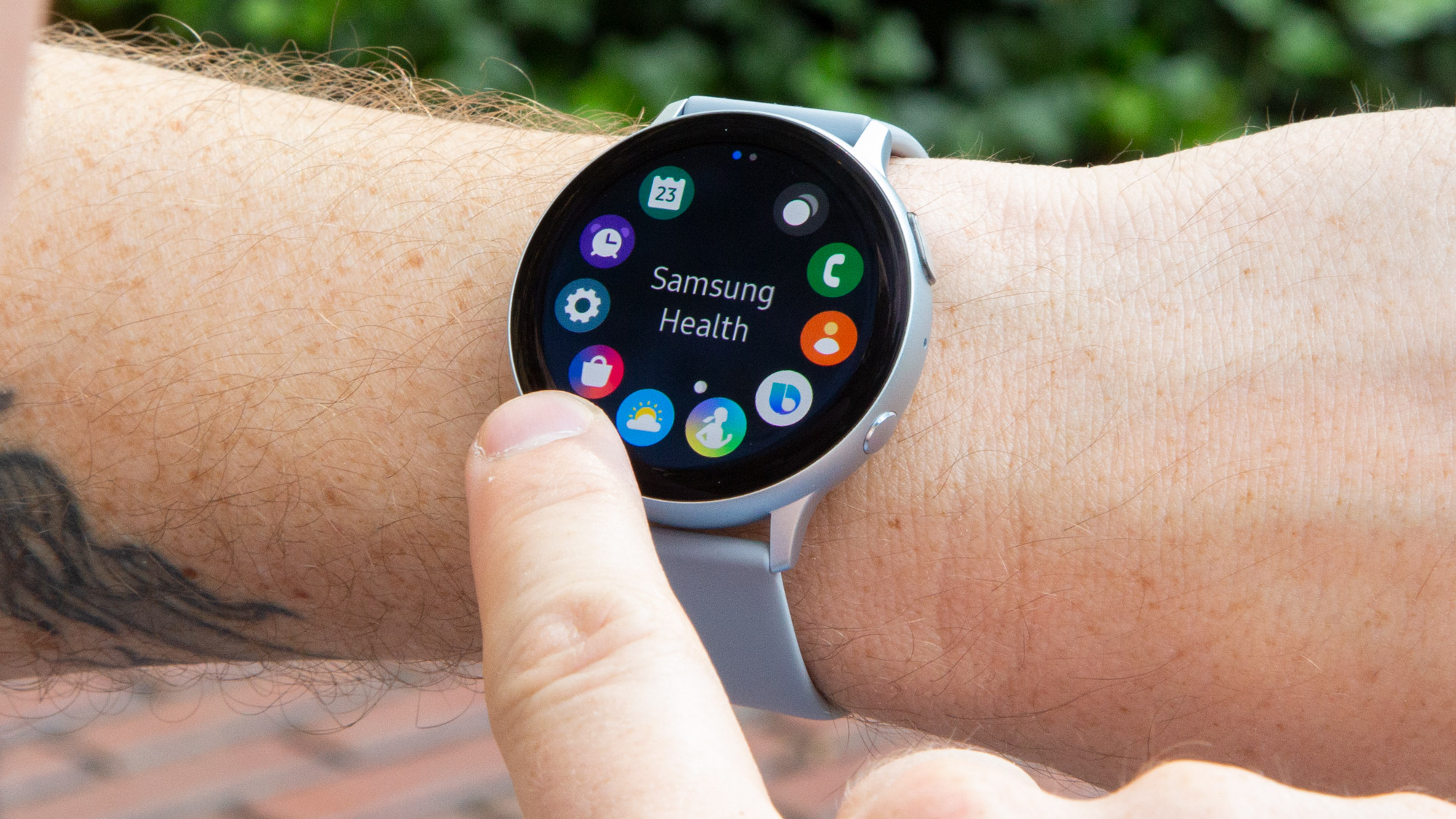
Both the Samsung Galaxy Watch 3 and Samsung Galaxy Watch Active 2 use the Tizen OS which means Bixby voice support and an operating system that plays nicer with Android than iOS phones. Tizen isn't bad by any means and offers most of what you'll need but it lacks some of the big hitters you'd see on other smartwatches such as Google Maps. At least the alternatives are not too shabby at all.
As you'd expect from the pricier device, the Samsung Galaxy Watch 3 will run through the paces a touch faster than the Samsung Galaxy Watch Active 2 but both are speedy enough. Of course, you'll much prefer to navigate the operating system's menus with the rotating bezel which is ultimately the biggest distinction to these two watches.
Don't expect either to integrate particularly well with an iPhone with certain notifications being missed out on or lacking functionality.
Battery life wise, the Samsung Galaxy Watch 3 offers a 340mAh battery on the 45mm version which will last you about two to three days depending on how you use it, while the 41mm edition and the Samsung Galaxy Watch Active 2 has a 247mAh capacity that should last up to two days. Of course, if you're hitting the GPS or heart rate monitor, these estimates will drop down fast.
Basically, whichever one you go with, you should expect to charge it up quite regularly. On the plus side, both support wireless charging which is always good to see.
Takeaway
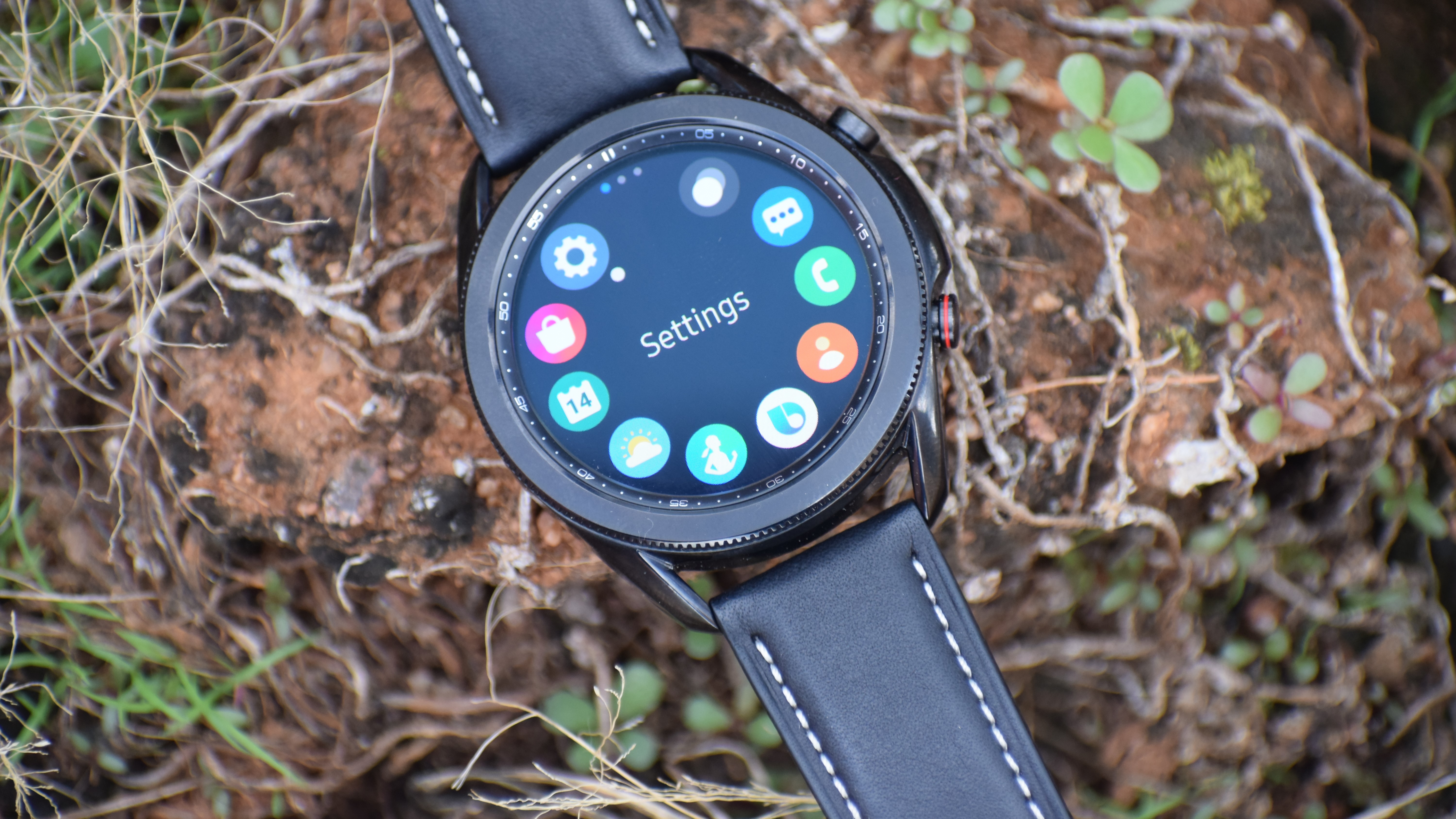
Both the Samsung Galaxy Watch 3 and Samsung Galaxy Watch Active 2 are pretty similar with what they offer. The core strength to the Samsung Galaxy Watch 3 is its looks and ease of use. Its physical bezel might add to the weight of the watch but it's worth every gram being both useful and stylish.
On the other hand, if you simply need something to track your workouts, you don't want something bulky on your wrist while you're lifting weights or going for a run. That's where the Samsung Galaxy Watch Active 2 comes into its own. It's cheaper than the Samsung Galaxy Watch 3 while still offering many of its core features. It's just not quite the kind of watch you'd show off at a dinner party or gathering.
If your budget can stretch to it, indulge in the rotating bezel delights of the Samsung Galaxy Watch 3. If it can't, don't feel like you're missing out too much with the Samsung Galaxy Watch Active 2.
Unless, of course, you're an iPhone user. In which case, neither option is ideal thanks to some limitations with the Tizen OS.

Jennifer is a roving tech freelancer with over 10 years experience. Having graduated from Swansea University with a degree in Media and Communication Studies, and later with a diploma from Staffordshire University with a post graduate diploma in Computer Games Design, she's written for a huge number of publications, including T3, FitandWell, Top Ten Reviews, Eurogamer, NME and many more.
Her main areas of interest are all things B2B, smart technology, wearables, speakers, headphones, and anything gaming related, and you'll find her writing everything from product reviews to buying guides and hunting down the latest coupon codes to save you money. In her spare time, she enjoys the cinema, walking, and attempting to train her pet guinea pigs. She is yet to succeed.
